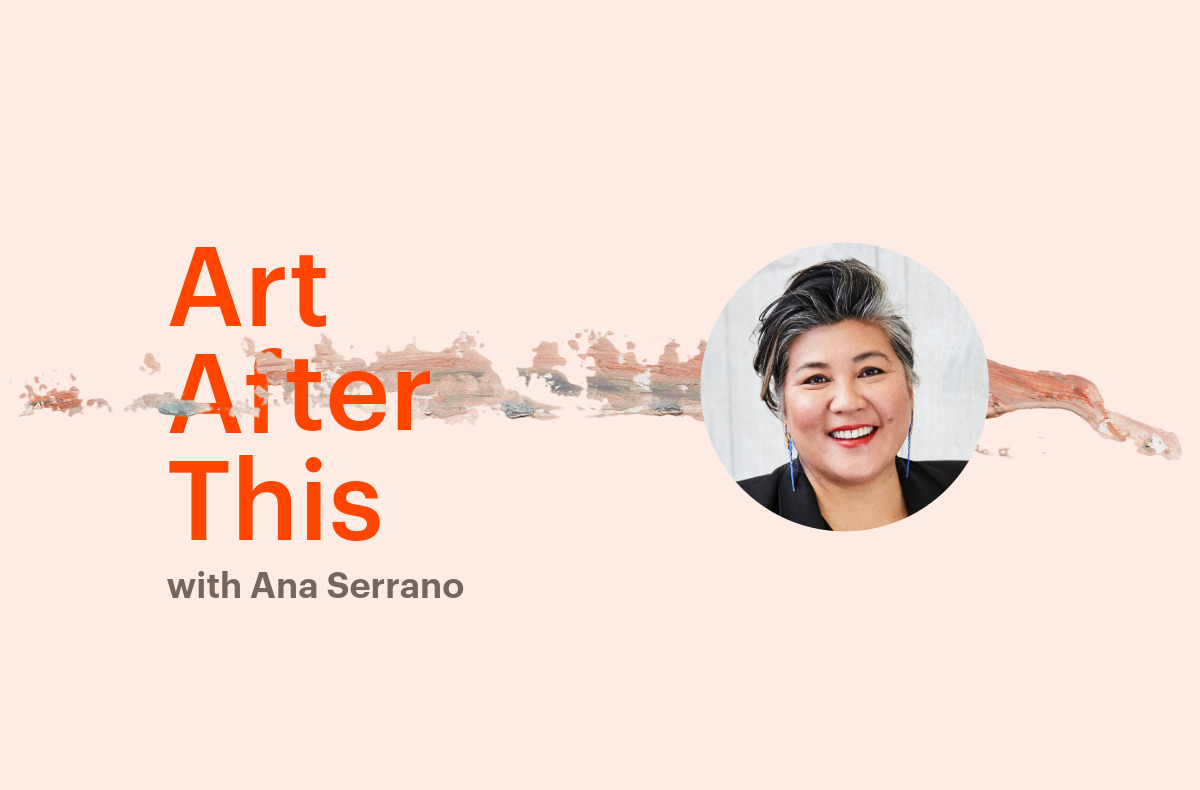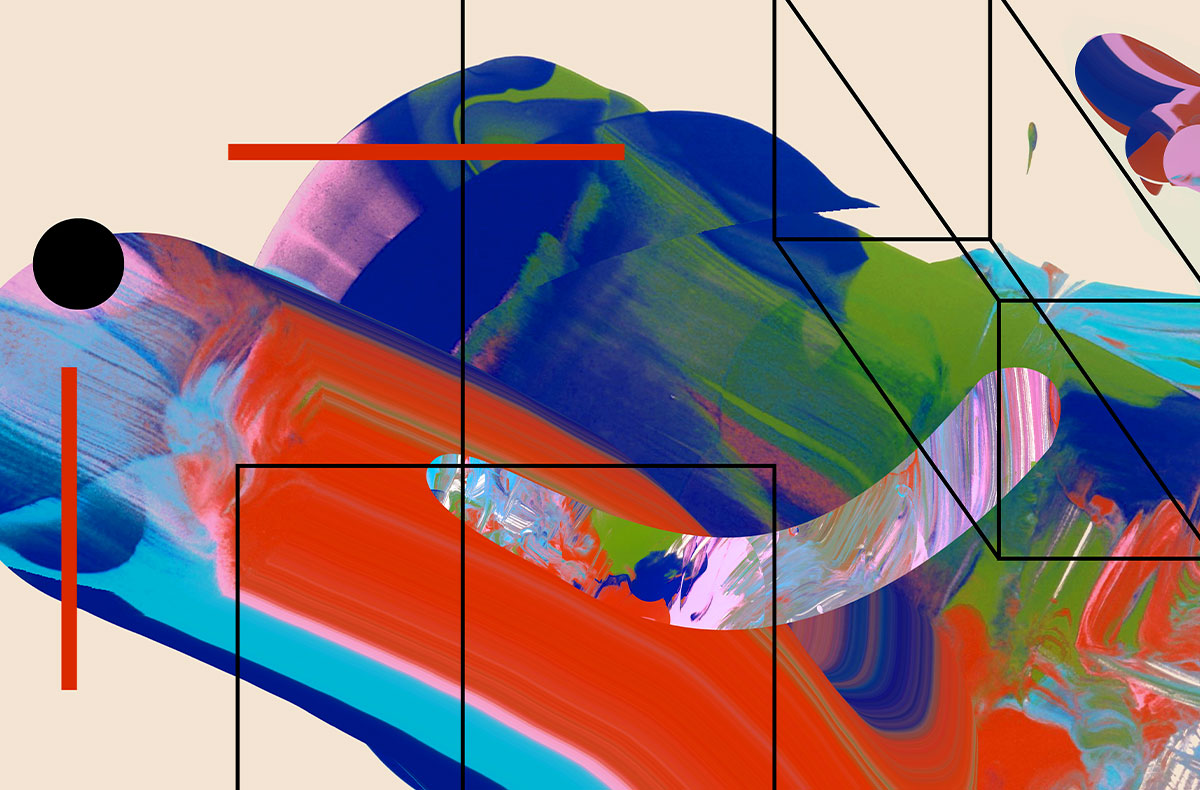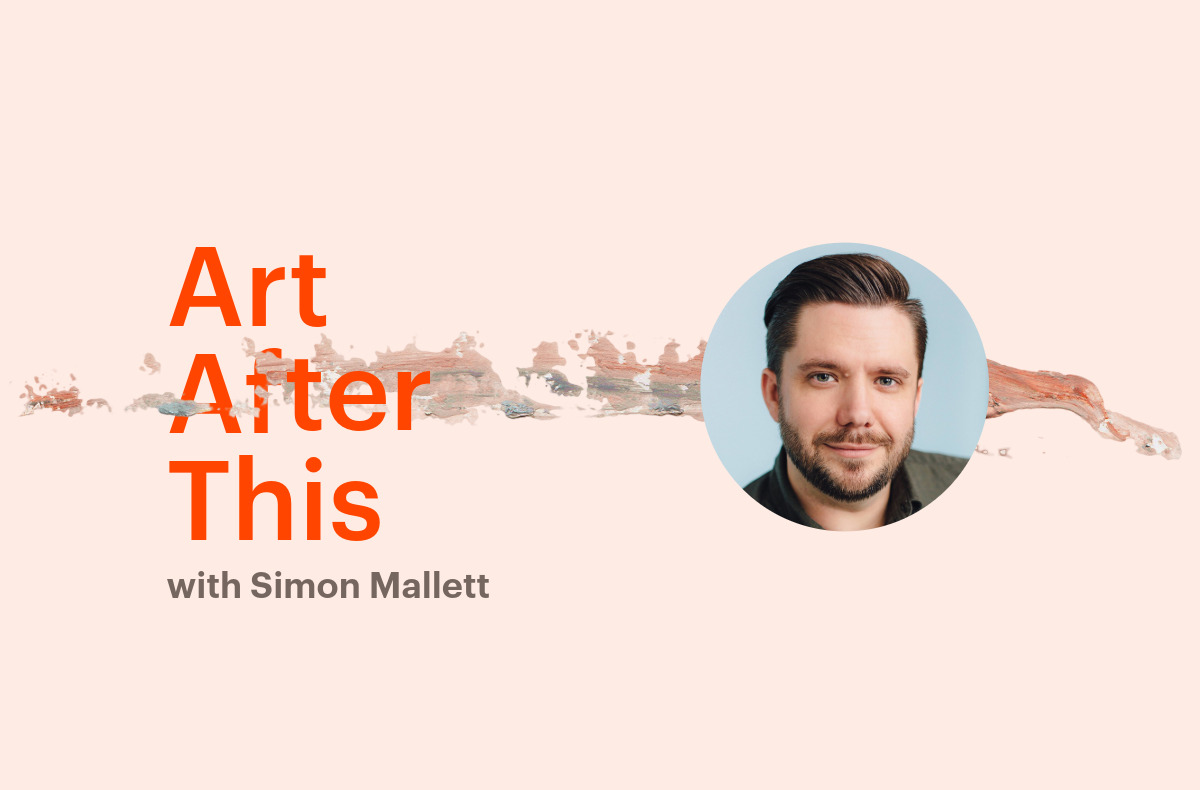By David Maggs, Metcalf Fellow on Arts and Society
Ana Serrano is the president and vice-chancellor of OCAD University. I first encountered her back in 2017, when the Canada Council gathered arts leaders from across the country in Montreal for a digital arts summit. We arrived during one of the worst snowstorms in the city’s history, with rumours of people trapped in their cars being whispered in the cloakroom on our way inside. This pivotal moment for our sector began with a keynote on the future of arts and technology from Serrano, and the launch of the Digital Strategy Fund, one of the most ambitious attempts at sectoral transformation we’ve seen in decades. Now, on the other side of a global pandemic along with the arrival of AI in our daily lives, it was an irresistible place to begin our conversation.
What was that moment about for you?
When the Canada Council decided they needed a digital transformation fund to help the sector make big, bold infrastructure moves in response to disruptive technology, they asked a group of us to advise on its development. What we were saying as a group was that we shouldn’t always assume the arts sector needs to play catch-up with technology. We wanted to mobilize artists and designers to lead differently in digital transformation. So that presentation was about positioning them as key participants in constructing the next generation of a digitally enabled society.
I’ve always felt that on paper the Digital Strategy Fund was a great piece of cultural policy. To think that Canada launched a $90 million fund to help our sector build digital capacity just before the pandemic? You couldn’t have written it up any better. While I don’t think the fund was a failure, I think it’s safe to say it didn’t yield the relationship to technology we ultimately need.
I think the framing should have been about building the sector’s confidence in its own abilities to understand, redeploy, or even create new models with digital technology. Instead, it became more about managing immediate adoption rather than fostering broader innovation. That would have required a different approach. Less about organizations self-identifying what they wanted to work on, and more centralization, more collaboration, a more coordinated, destination for where we need to go. Our sector isn’t built to move that way easily.
You emphasize the importance of artists and designers being central to shaping technological futures, but you’re critical about how digital platforms have shaped the landscape underneath them. What concerns you most about these platforms?
The business model of digital media has run away from us, increasingly controlled by fewer monopolies. We have very little control over using these technologies in ways that preserve freedom and influence. Platforms shaped an attention economy almost co-created by the technologies themselves. So, we need to reclaim this dwindling terrain to avoid losing agency completely.
Given this dynamic, how can artists and cultural workers reclaim influence within the digital sphere?
The Digital Strategy Fund could have enabled us to build new infrastructure — new data trusts, new tools, and new platforms. That would have been the key to reclaiming agency. But no one did it.
Maybe it required collaboration we weren’t ready for. Maybe the aim of coordinated, centralized action was too daunting. The potential was there for artists and designers to significantly shape our digital landscape, but I wonder if we just didn’t understand the urgency back then. Just how pervasive these technologies would become, and how little of our deeper interests would matter to them.
There’s been such a disconnect between innovation and progress in most people’s lives, it’s little wonder we see so much longing in society for some form of return — longing to go back, longing to hang on. Say the word “pivot” to cultural leaders right now and you’ll be groaned out of the room. Have we got innovation fatigue?
Fatigue or not, we don’t have a choice. The creative industries are pivoting and innovating all the time, and right now, there’s just so much pushing us beyond the status quo. First and foremost, AI which is digital disruption on an entirely new scale, unlike anything we’ve dealt with before. This is why the Cultural Policy Hub at OCAD U is linking industry leaders with researchers and policymakers on AI, trying to solve this together — as Canadians, as global citizens seeking broader public benefit — and not just as arts and culture stuck trying to protect itself on its own. A second thing we’re facing is the consolidation of digital platforms, severely limiting how we share work and access audiences. At the same time, direct-to-audience channels like TikTok and Instagram Reels are becoming dominant, forcing artists and cultural workers into new ways of engaging their audiences. On top of that, we’re entering a volatile economy, with traditional funding, audience behaviour, and production costs all becoming less reliable.
So, I don’t think we can press for the same old policies anymore. I don’t think we have a choice about whether to think differently. I don’t think we have the luxury of choosing to innovate or not — it’s an urgency.
You’ve mentioned before the importance of artists being at the table in broader societal discussions. Why do you feel it’s essential for artists to play this expanded role?
My orientation has always been that there are the outputs of culture, and then there are the ways of seeing and ways of thinking that result from creative practice. I think the latter is really what needs to be mobilized at this point. As president of OCAD U, I emphasize the critical importance of our students seeing themselves as leaders at the table — among economists, healthcare practitioners, and others. We need as much diversity in thinking and practices as possible to tackle today’s challenges.
On that point, I’ve been increasingly concerned in recent years with just how disconnected our cultural sector and cultural institutions have become from conservative Canada. Bluntly put, I worry we aren’t adequately representing conservative voices in our rooms.
I think that’s the wrong way to look at it. I think it’s not about where are the conservatives in the room, it’s about where are the people who have trouble buying a home, who can’t find a job, who have been shut out of urban centers or feel at odds with their place in the world because they don’t like technology? This notion of a conservative position as only ideological is problematic. It’s a nuanced set of drivers that push people towards conservative politics, spanning a continuum of experiences.
So, addressing a broader set of underlying social issues would help the arts sector enjoy broader appeal?
Certainly, part of addressing this tension about how we manage our relationship to audiences who think differently and might not value arts and culture the same way comes from sidestepping ideological frames and finding a broader point of access and a broader base of value. Can we become more direct in addressing issues of meaning, purpose, and equitable livelihoods — things we need to do if we want to create a more socially cohesive society?
The source of purpose is shifting for many people right now, and that’s a big opportunity for us. In the past, purpose was found in what you did, particularly the world of work, or in family. But now, with the rise of gig work and changes in family structures — like fewer people having children — those traditional sources of meaning have become destabilized. People are struggling to find new, reliable foundations for their sense of purpose and meaning.
I think we can find purpose through creative practice. It’s one of the most accessible and empowering areas where people can find meaning because they have direct control over it. Notions of flow states, mastery, and embodied practice are integral to creating meaning. Creative practice offers an opportunity to ground purpose in something immediate and personal.
Such a vision implies a deep democratization of creative practice. This isn’t the professional artist out there making groundbreaking, obscure art for the sophisticated critic in the gallery. Do you see such a democratization fundamentally reshaping the cultural sector’s role in society?
Yes. The proliferation of platforms like TikTok and Instagram shows a huge appetite for personal creative expression. People spend hours learning dances, creating content to entertain others and express themselves. This widespread engagement suggests we need to think differently about the arts sector — not as something separate or exclusive, but as part of a broader movement toward democratizing creative expression.
Help me connect this to the current preoccupation of most practitioners and policymakers, which is basic challenges of viability and precarity. How does your vision address economic and cultural sustainability?
Well, we might need to reconsider how we define our ambitions, which currently seem focused on “big is best.” Is there anything wrong with a country of globally-effective small and medium enterprises (SMEs)? Is it a bad thing if our ambition isn’t about creating the next multinational monopoly, but rather about creating thriving SMEs that are sustainable, with a viable value proposition and global reach? SMEs that can think about legacy, be passed on through tools like employee ownership, and offer meaningful livelihoods?
I can feel us all channeling Jane Marsland on growth as we listen to you here. Do you think this would require redefining how we measure success and productivity in the arts and culture sector?
Absolutely. It’s not about discarding traditional definitions but adding other indicators beyond economic measures alone. For example, introducing health or impact indexes could help reflect the broader social contributions of SMEs in the arts sector. Right now, our lens is so fundamentally focused on size and growth.
We would need policies explicitly designed to support and sustain SMEs, ensuring they have access to resources, including financial instruments tailored for smaller enterprises, mentorship, capacity-building opportunities, and infrastructure to help them thrive. This shift would mean rethinking existing frameworks to prioritize sustainability and broad participation over scale alone.
So, if Ana Serrano is steering Canada’s cultural policy wagon through the forest and she comes to a fork in the road where it’s the status quo down one path and deep innovation down the other?
Your metaphor doesn’t even work. It’s that we are just about to steer the wagon down the status quo path, and suddenly an avalanche wiped it out, or a tree fell and blocked our path, or some external calamity struck to make that choice impossible.
So even if we want to choose the status quo at this point?
Yeah, we can’t.




